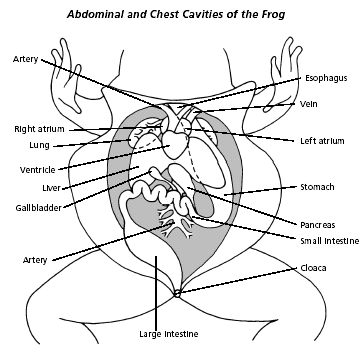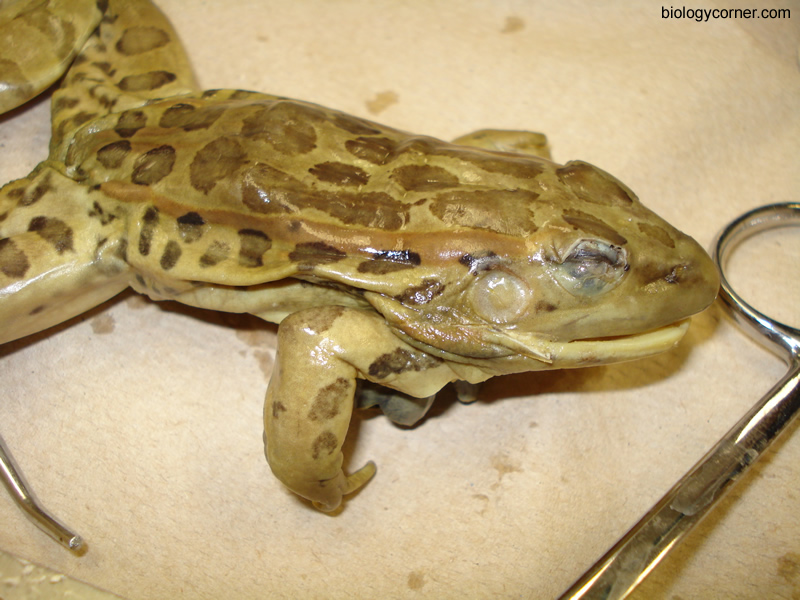

In the Agile Frog (Rana dalmatina), a skin disease associated with white to dark, 1-mm to 3-mm vesicles was noted on the dorsum and, less commonly, on the flanks and abdomen. 4 Other than reports on Lucke’s renal adenocarcinoma, there are occasional brief reports of disease associated with herpesvirus-like viral particles on examination by electron microscopy however, in none of these cases was the virus isolated or characterized by molecular methods. 60,61 RaHV-1 and a second ranid herpesvirus (RaHV-2) of unknown clinical significance are most closely related to the fish virus Ictalurid herpesvirus 1. The best-documented disease of amphibians caused by a herpesvirus is Lucke’s renal adenocarcinoma in Leopard Frogs (Rana pipiens) caused by Ranid herpesvirus 1 (RaHV-1). Pessier, in Current Therapy in Reptile Medicine and Surgery, 2014 Herpesvirus Infections 18 All age classes of reptiles and amphibians should be considered susceptible to this disease however, juvenile/larval age classes may be at increased risk in some species.Īllan P. In Australia, juveniles of two species of tortoise (Krefft river turtle and saw-shelled tortoise ) were susceptible to BIV, whereas adult tortoises, juvenile crocodiles, and three species of snakes were not affected after experimental transmission. 16 However, there are fewer overall reports in reptiles with FV3, leading to the likelihood that adult reptiles are more likely sampled and diagnosed than juveniles. 9,17,18 Adult chelonians have been more commonly reported to develop FV3-like infections than juveniles. Many reports indicate that larval amphibians in North America are more susceptible to mortality than adults, whereas adult mortality is more commonly reported in European amphibians.

16 However, all anurans, caudates, and chelonians should be considered susceptible.Īge class often aids in diagnosis in amphibian diseases. 12,13 There are several species that appear uniquely sensitive to these viruses, including tiger salamanders (Ambystoma tigrinum) to ATV, 11 wood frogs (Lithobates sylvaticus) to FV3, 12,14,15 and eastern box turtles (Terrapene carolina carolina) to FV3.

Ranaviruses have a wide species distribution, with significant differences in species susceptibility even within the same isolate. This has meant very little in a clinical setting because disease syndrome for FV3 and FV3-like diseases are assumed to be synonymous thus all mention of FV3-like is considered to be FV3 in this chapter. 10,11 Many manuscripts describe the detection of these ranaviruses using only polymerase chain reaction (PCR) of the major capsid protein (MCP) thus terminology such as FV3-like virus indicates that the sequence was homologous to the type species but further characterization was not performed. ATV affects salamanders in the western United States, whereas BIV is the main ranavirus identified in Australia. FV3 is the only iridovirus identified in turtles in North America and is also the most commonly reported iridovirus for anurans. Various ranaviruses account for epizootics, including FV3, Ambystoma tigrinum virus (ATV), soft-shelled turtle iridovirus (STIV), and Bohle iridovirus (BIV). 5,9 Outbreaks have occurred throughout the world, including North America (Arizona, Colorado, Florida, Georgia, Idaho, Kentucky, Maine, Massachusetts, Minnesota, New Hampshire, New York, North Carolina, North Dakota, Pennsylvania, Tennessee, Texas, Utah, Wyoming, Saskatchewan, Ontario), South America (Brazil, Uruguay, Venezuela), Europe (Croatia, Denmark, Germany, Netherlands, Spain, United Kingdom), Asia (China, Japan), and Australia. 8 Since that time, numerous outbreaks have occurred in both free-ranging and captive herpetofauna across the world. The discovery of frog virus 3 (FV3) was first reported in leopard frogs (Rana pipiens) being studied for Lucke renal adenocarcinomas in the 1960s.

Allender, in Fowler's Zoo and Wild Animal Medicine Current Therapy, VolGeographic and Host Distribution


 0 kommentar(er)
0 kommentar(er)
